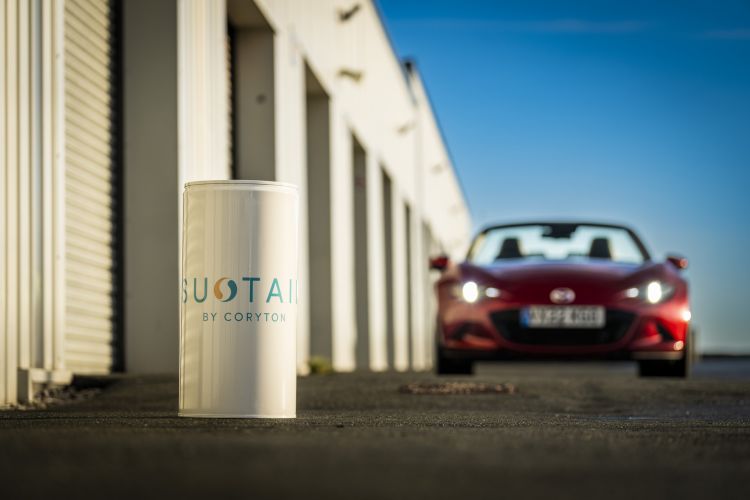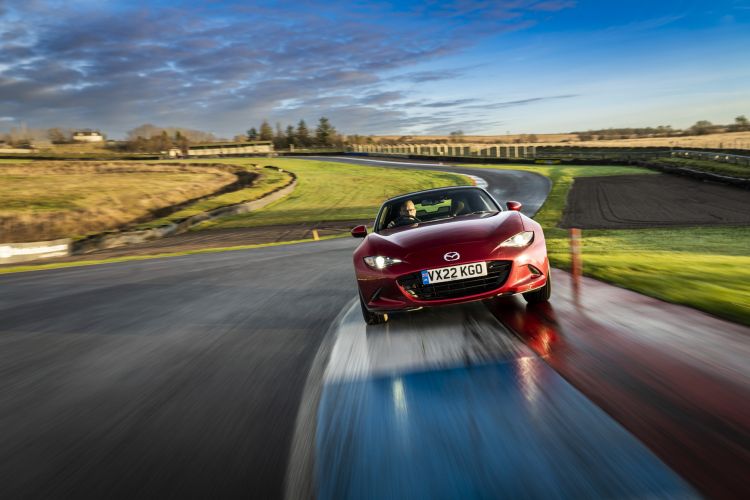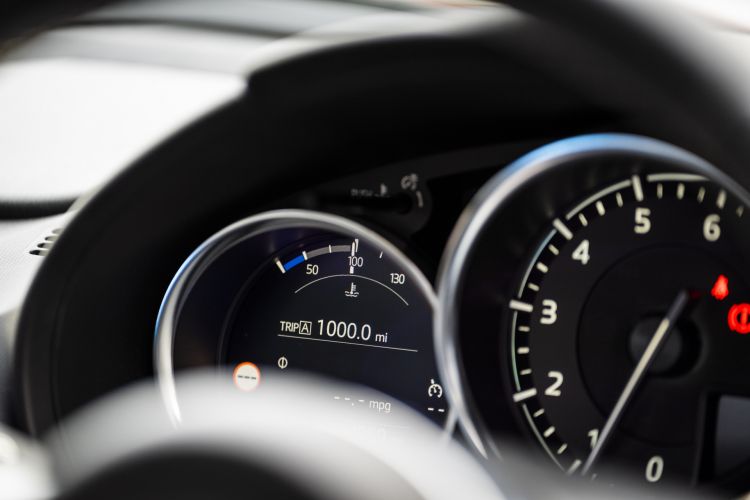Fossil-free and sustainable fuels can be a solution to keep internal combustion engines alive and, at the same time, reduce carbon dioxide (CO2) emissions. Mazda believes in this and wanted to demonstrate the possibilities that these fuels have in the real world. For it, has filled the tank of a Mazda MX-5 with sustainable fuel, has driven 1,600 kilometers by the United Kingdom… and its consumption figures have left more than one with their mouths open.
Taking center stage in the test was an unmodified Mazda MX-5 ND, which is powered by the well-known 2.0-litre SkyActiv-G four-cylinder engine generating 184PS. However, this time the fuel that has served to feed it is Sustain 100%. Manufactured by Coryton, it is a second-generation, fossil-free fuel that has been generated using only agricultural waste such as straw, by-products and crop residues that would not be used for consumption.
An enviable consumption
The Mazda MX-5 began its more sustainable journey at the Coryton headquarters, located in Essex, and passed through Motorsport UK (Bicester). The Japanese brand is working with them and other organizations to promote sustainable fuels at all levels of the world of motor racing. After these stops he headed for four circuits in the United Kingdom: Anglesey, Oulton Park, Knockhill and Kirkistown. A total of 1,609 kilometers distributed between England, Wales, Northern Ireland and Scotland.
Mazda has monitored the operation and performance of its two-seater throughout the trip and at every track session. The analysis of the Japanese brand has determined that there are no real differences in the operation of the Mazda MX-5 when it works with gasoline and when it does with the sustainable fuel Sustain 100%. So much so that According to the manufacturer, he signed an average consumption of 5.15 l/100 km (without taking into account the laps on the four tracks). It should be remembered that, according to the WLTP Cycle, the ND has a combined average consumption of 6.9 liters.
a real player
For those involved in this experiment, the Mazda MX-5 powered by sustainable fuel is a demonstration of how this type of fuel can (without giving up combustion engines) help reduce emissions if it is made available to the public.
Both Mazda and Coryton stress that this solution is a real and credible player for the motoring world, as it works well with existing vehicles and has the potential to significantly reduce the amount of CO2 that is currently released from the use of diesel or gasoline.
Mazda’s plans
Although electric cars are in Mazda’s plans, the company also believes in a future in which sustainable fuels produce zero emissions, keeping combustion engines alive for many years.
Not surprisingly, the Japanese brand is exploring a variety of alternative fuels: was the first vehicle manufacturer to join the eFuel Alliance in Europe, is supporting the development of e-fuel from microalgae in Japan, is using biofuels to power its Mazda2 in the Super Taikyu Endurance Series in Japan, and in 2023 will debut a new racing model based on the Mazda3, which has a more powerful engine and it will continue to work with that same biodiesel.



